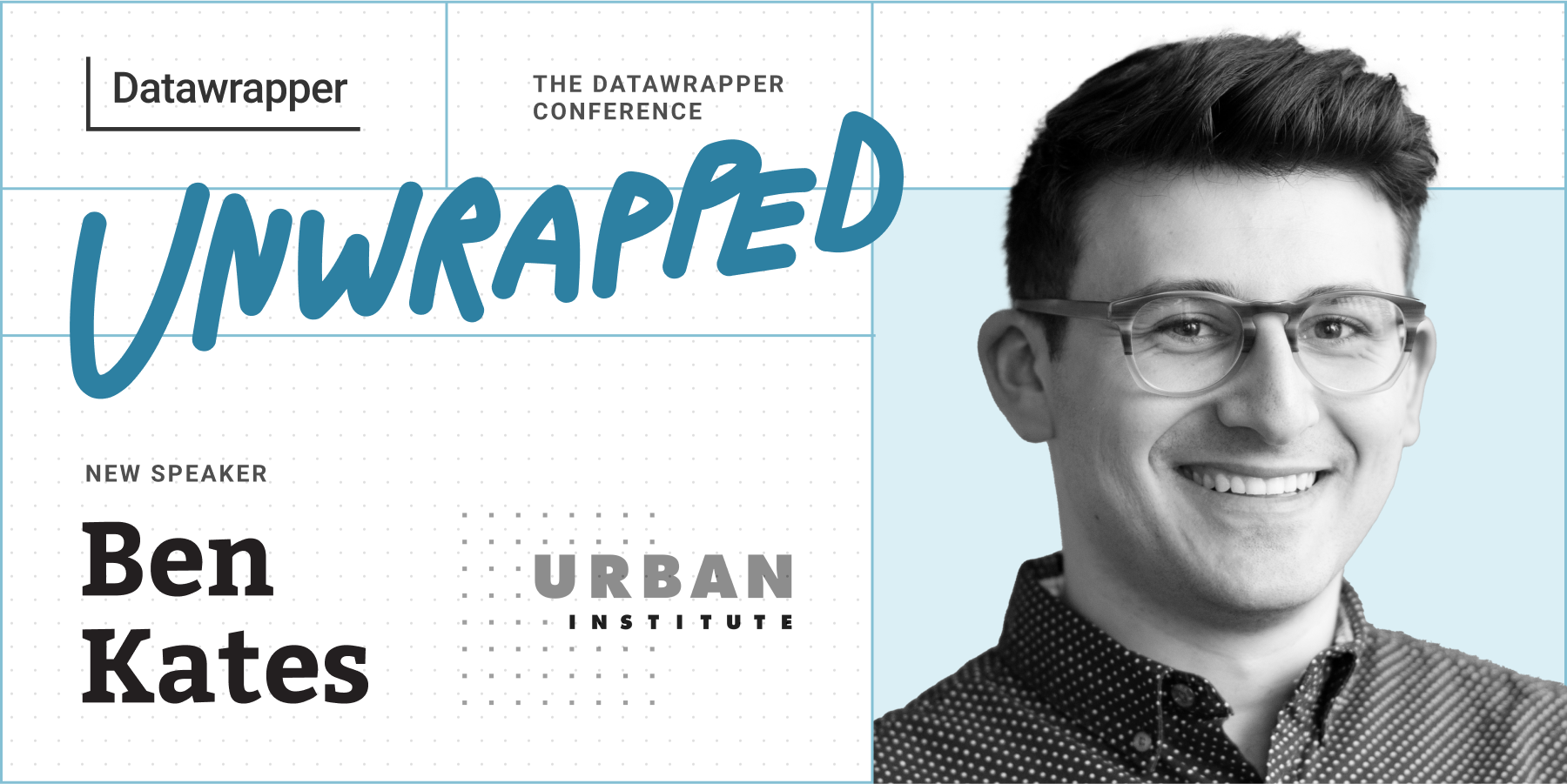Watch the recordings of Unwrapped, our conference
August 12th, 2024
5 min
Datawrapper lets you show your data as beautiful charts, maps or tables with a few clicks. Find out more about all the available visualization types.
Our mission is to help everyone communicate with data - from newsrooms to global enterprises, non-profits or public service.
We want to enable everyone to create beautiful charts, maps, and tables. New to data visualization? Or do you have specific questions about us? You'll find all the answers here.
Data vis best practices, news, and examples
250+ articles that explain how to use Datawrapper
Answers to common questions
An exchange place for Datawrapper visualizations
Attend and watch how to use Datawrapper best
Learn about available positions on our team
Our latest small and big improvements
Build your integration with Datawrapper's API
Get in touch with us – we're happy to help

We’re excited to announce that Ben Kates from the Urban Institute will speak at our Unwrapped conference about “Creating extended Datawrapper tooltips with Svelte.”
Ben is a Data Visualization Developer on the Communications team at the Urban Institute, a research non-profit based out of Washington, D.C. He uses JavaScript tools like Svelte and d3 as well as Datawrapper and R to create digital products that communicate research findings in engaging ways. Ben lives in Philadelphia, PA and has a background in data analytics and digital marketing, working with clients across industries to create data tools that enable action and impact.
Time to ask him some questions:
The data visualization team at the Urban Institute creates many map projects that tend to have a shared design requirement: a choropleth map that displays relevant information for a selected geography which is often too complex or too long to fit inside a tooltip:
Historically, this team would need ample development time to meet this design requirement when using vanilla JavaScript and d3’s geography tools (or Mapbox). Thanks to Datawrapper’s chart interaction events messages and Svelte, an easy-to-use JavaScript framework, we can reduce development time for these projects. I’ll discuss the surprisingly few steps that went into creating the project above: configuring the Datawrapper visualization, adding the interaction events JS, configuring Svelte stores, and displaying the store values.
My first deep exposure to Datawrapper was in my current role as a Data Visualization Developer at the Urban Institute. In my interview for the job, I actually brought up how I noticed Urban creates many of their own JavaScript-based visualizations, and wondered if there was a plan to incorporate a drag-and-drop, web based tool like Datawrapper. Turns out the team was in the process of bringing on Datawrapper as the primary visualization tool for the Urban Wire blog!
We’re just getting started using Datawrapper for larger features and data tools, as I’ll discuss in my talk, as well as exploratory data analysis if I don’t feel like jumping into R. But today, the main use is for the Urban Wire blog.
Typically, research teams from across 10+ policy centers at the Urban Institute contact the centralized Communications team to write a blog post together. The blog and writing teams work with researchers to discuss the goal, audience, and framing of the proposed topics. Researchers might have initial draft figures (created in R or Excel) to support the writing, which the blog team then finalizes in Datawrapper. Our data visualization team is there to support the blog team with any advanced visualizations that might involve tricky data formats or tooltips and tables involving custom HTML.
We're looking forward to Ben's talk at Unwrapped! Until then, you can find more about him on LinkedIn and his website. To sign up for Unwrapped and hear Ben and other great speakers, visit our conference website.
Comments